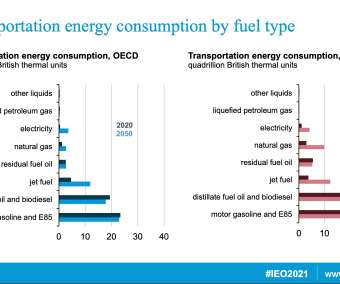Rhodium Group estimates US GHG emissions rose 1.3% in 2022
Green Car Congress
JANUARY 11, 2023
The year 2022 was marked by the emergence of longer-term economic repercussions of the COVID-19 pandemic and an unexpected war in Eastern Europe that caused turmoil in energy markets. This reversal in 2022 was largely due to the substitution of coal with natural gas—a less carbon-intensive fuel—and a rise in renewable energy generation.






























Let's personalize your content